Organizes Self, Materials, and Belongings
What does “Organizes Self, Materials, and Belongings” mean?
This skill is about how children manage themselves and their things. It shows an understanding that there is a place for everything and everything should be where it belongs. For example, children demonstrate this skill by putting their homework in their homework folder instead of just in their backpack. This skill shows that children are learning about order and are starting to manage themselves and their things.
What does this skill look like?
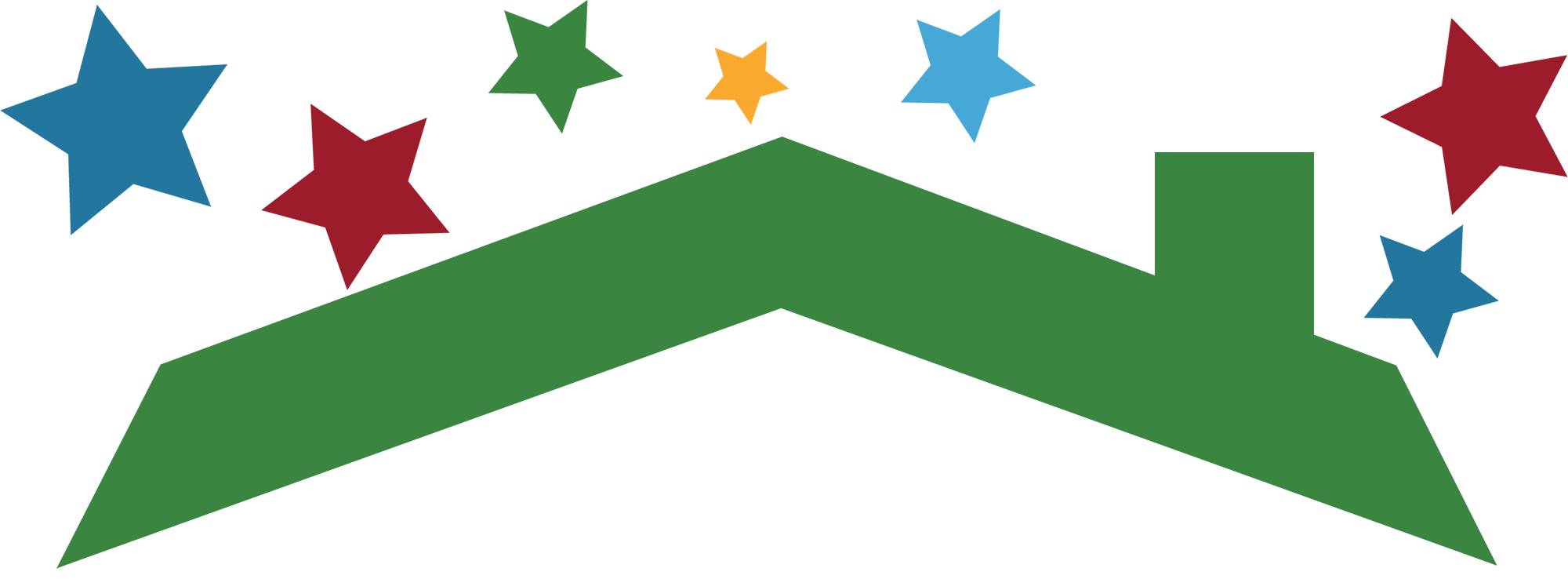
At Home
Matthew keeps his toys in a closet in his bedroom. He decides he wants to keep his blocks on the first shelf, puzzles on the second shelf, and sports things in a chest on the floor. When he cleans up his room, he puts his toys in the correct place based on the order he created.

In The Classroom
Toscha keeps her pencils and markers in a pencil case on the right side of her desk at school. She puts her art projects in a blue folder and her worksheets in a yellow folder. When the teacher asks her to pull out her math worksheet, she knows to look in the yellow folder.
 Children can see the value of “Organizes Self, Materials, and Belongings” in the book:
Children can see the value of “Organizes Self, Materials, and Belongings” in the book:
The Berenstain Bears and the Messy Room
For more information about this book and other books that highlight this skill, visit our READING LIST page.
TIPS FOR FAMILIES
How can I explain this skill to my child?
Let your child know that it is helpful to have a place for everything and keep everything in its place. When you have a special place for all of your things, you can find them easily and know where to put them back when you are finished using them. Ask your child to remember a time when they went to get a favorite toy and couldn’t find it. Ask them how they felt when they couldn’t find it. By always returning things to their place, we can find them quickly. You can also encourage children to check themselves and make sure everything is where it belongs. For example, after children use the bathroom encourage them to look at themselves and make sure everything is in the right place (pants and belt are buckled, shirt is tucked in, shoes are tied). When things are organized and in the right place, we can spend more time having fun and learning!
What are some things I can do to help my child learn this skill?
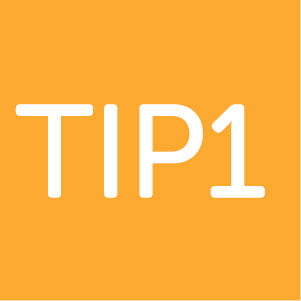
Use simple organization. Help your child find a specific place to put different things, like books and toys. Include them in the process of figuring out where to keep things so they feel responsible for their belongings. You can also use simple labels like the ones below so your child remembers where things go. For example, put a label on a box that holds all of their puzzles and a different label on a box that holds their blocks.
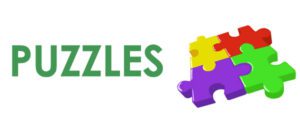

Model organization. Show your child how you organize things in your daily life by talking through your organizational routines. For example, when you get home and are taking off your coat and shoes, you can say things like, “First I am going to hang up my coat so it doesn’t get dirty. Then I am going to take off my shoes and put them away so they are easy to find when I need to wear them again tomorrow!” By showing your child how you organize things in your life, you help them build this skill for themselves.

Organization between school and home. Children’s things can often get disorganized between home and school. Creating a system of organization for things that travel between home and school is helpful. One way to do this is to talk to your child’s teacher about how things like homework will travel between home and school. You can then help your child manage these things. For example, if your child’s teacher gives each child a homework folder to bring home every day, remind your child to check their homework folder each night. Remember that you can help your child be organized but shouldn’t do everything for them. Children must learn to take responsibility for organizing their own things with reminders and help from you when they need them.

Backpack checklist. You can create a backpack checklist to help your child remember what should be inside their backpack every day before they go to school. Hang a backpack checklist on the wall where your child stores their backpack to remind them what should be in their bag before they leave for school each day. Here is an example of a backpack checklist:
My Backpack Checklist for School
Before I leave home every day, I make sure I have my …
- My folder for home and school
- Lunchbox
- Gloves, hat, scarf
- Books I borrowed from the classroom

Break it down. You can help your child learn how to be organized by providing specific instructions instead of general ones. Specific instructions break down organization into a series of steps that are easier for children to follow. You can also ask children to repeat the steps back to you to make sure they heard them. Here are some examples of ways to break down organization.
| Instead of this general instruction… | Say these specific instructions… |
| Please clean up your room. |
First, put your books back on the bookshelf. Next, put your toys back in the toybox. Before you finish, look around the room and see if anything is not put away. If you see something left out, put it back in its place. |
| Please put your laundry away. |
First, put your socks away in the first drawer. Then, put your t-shirts on one side of the second drawer. Now, put your long-sleeve shirts on the other side of the second drawer. Last, put your pants away in the third drawer. |
How can I encourage my child when I see them trying to learn this skill?
Acknowledge your child for their efforts! For example, tell your child, “Look how hard you are working to keep your desk organized, Toscha!” or “Matthew, you are really trying your best to put your toys back where they belong.” Click here for more ideas on how to encourage your child.
TIPS FOR TEACHERS
How can I explain this skill to children?
Let children know that everything in the classroom has a special place where we keep it so we can always find it. Things should always be put back in their place after you are done using them. For example, books go on the book shelf so that we can find them for story time. Ask children to remember a time when they went to get a favorite toy and couldn’t find it. Ask them how they felt when they couldn’t find it. By always returning things to their place, we can find them quickly. You can also encourage children to check themselves and make sure everything is where it belongs. For example, after children use the bathroom encourage them to look at themselves and make sure everything is in the right place (e.g., pants and belt are buckled, shirt is tucked in, shoes are tied). Making sure everything is where it belongs lets us spend our time at school playing and learning!
What are some examples of best practices from educational experts and fellow teachers?

Use simple organization structures. Set up an organizational structure for your classroom at the beginning of the school year and review it with the class throughout the year. Create designated areas for different types of materials. For example, all of the books are in one area of the classroom and all of the games are in another area. Clearly label materials with both words and pictures. You can also create a color-coding scheme for different types of materials. For example, all labels for art supplies can be in red and all labels for toys, like puzzles and blocks, can be in green. It may also be helpful to take pictures of children using classroom supplies and post the pictures next to your labels Below are some examples of labels for the classroom:
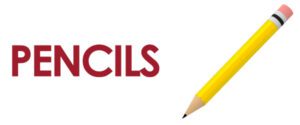


Organization between school and home. Children’s things can often get disorganized between home and school. Creating a system of organization for things that transition between home and school, and sharing this system with families is helpful. For example, children can use different pockets of a folder for different types of materials that travel between school and home. Homework can go in the left pocket of the folder and notes to the family can go in the right pocket of the folder. Always explain to children what you are giving them to bring home, what they should do with it, and why it’s important. For example, you can say, “This paper is a permission slip for a field trip to the zoo. It needs to be signed by someone at home. You need to bring it back to school. If you do that, you will be able to go on a really fun trip to see all the animals at the zoo.”
Remember to let families know about how you plan to organize things between home and school. It can be confusing for children if families have different ways of organizing things between home and school. Keeping things consistent is key. Families should also be reminded that they can help their child follow the order that you create but shouldn’t do everything for them. Children must learn to take responsibility for organizing their own things with reminders and help from adults as needed.

Backpack checklist. Help children remember what should be inside their backpack every day before they go home. Consider posting a backpack checklist like this in your classroom:
My Backpack Checklist for Home
Before I leave school every day, I make sure I have my …
- My folder for home and school
- Lunchbox
- Gloves, hat, scarf
- Books I borrowed from the classroom

Break it down. You can help children learn how to be organized by providing specific instructions instead of general ones. Specific instructions break down how children can organize their things into a series of steps. This helps create a structure for how to do things and builds organizational habits into routines. This is especially important to do at the beginning of the year to establish routines. Here are some examples of ways to break down organizational tasks:
| Instead of this general instruction… | Say these specific instructions… |
| Please clean up. |
First, put the blocks back in the block bin. Next, put the puzzles back in the puzzle bin. Then, put all of the books back on the bookshelf. Before you finish, look around the room and see if anything is not put away. If you see something left out, put it back in its place. |
| Get ready for lunch! |
First, make sure there is nothing on your table or desk. If you see something on your table or desk, put it away where it belongs. Now go to your cubby and find your lunchbox. Bring your lunchbox to your table (or go line up at the door). |
How can I encourage children when I see them trying to learn this skill?
Acknowledge children for their efforts! For example, say, “Look how hard you are working to keep your desk organized, Toscha!” or “Matthew, you are really trying your best to put your toys back where they belong.” Click here for more ideas on how to encourage children.
To download a printable PDF of the tips for this skill, click here.
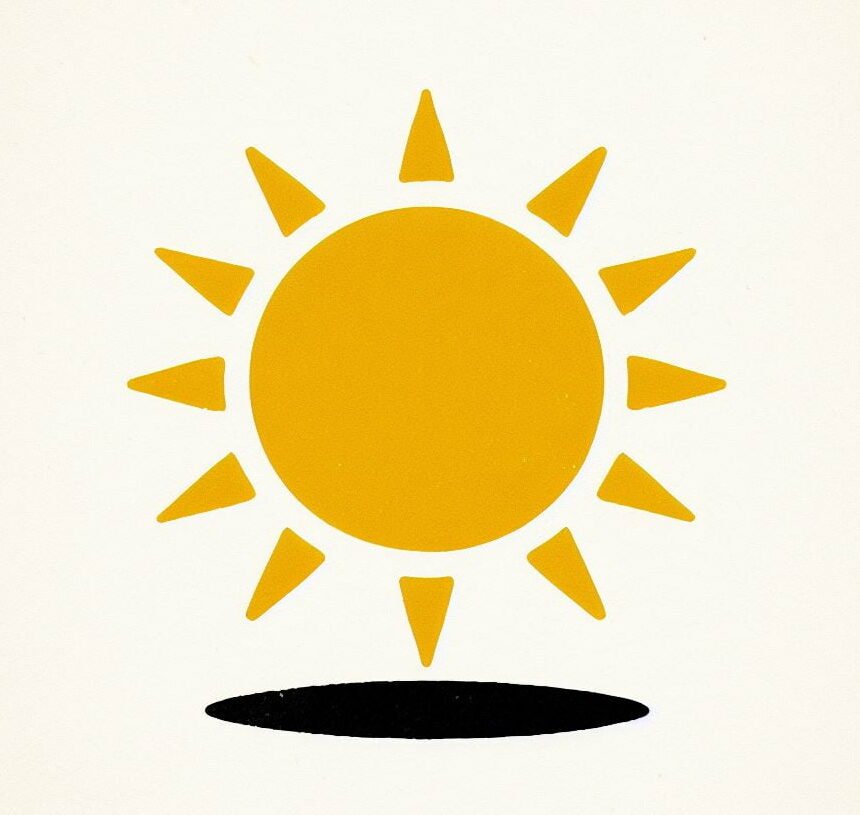
Start your morning with Conquering Kindergarten!
Hey teachers, want to incorporate Conquering Kindergarten into your community meeting each morning? Go to the district’s Community Meeting App to find ready-to-use slides highlighting this skill. Filter content in the app by Conquering Kindergarten or by a specific skill to get access to interactive and engaging slides tailored to the community meeting format.
To learn more about the tips and where they came from, please visit our references page.

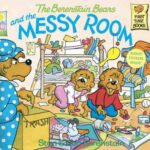 Children can see the value of “Organizes Self, Materials, and Belongings” in the book:
Children can see the value of “Organizes Self, Materials, and Belongings” in the book:
